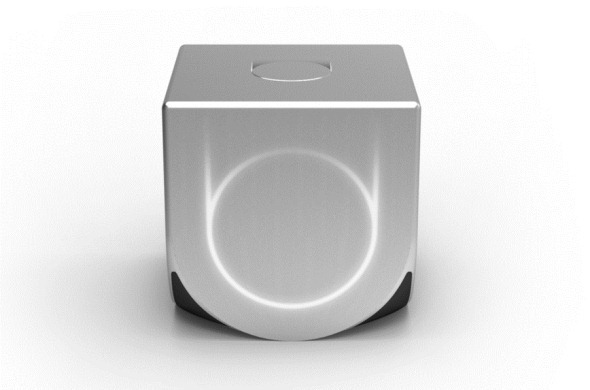The Ouya games console, which paints itself as something of a dream machine to modders and developers, has become the fastest-grossing Kickstarter campaign in just a few short days, and at the time of writing, has just passed the $4.5 million mark with over 35,000 backers. Not bad going really, considering the initial target was a comparatively-meager $950,000, and with the device, which is pronounced “ooh-yah”, taking up a great deal of column inches right now, the future looks bright for the $99 console.
Like most open source projects nowadays, it’ll run on Android, and given both the Xbox 360 and PlayStation 3 – the two most popular consoles by a long shot – are both strictly closed-source, it should be of little surprise that developers, gamers, and modding enthusiasts are tripping over themselves to get involved.
The likes of Microsoft, Apple, Sony et al have not taken too kindly to users tampering with hardware or software in order to explore otherwise unchartered territory, but that desire to modify anything and everything has not gone away – only suppressed by the actions of the big companies.
This is where Ouya looks so favorable. “Built to be hacked” and costing less than a hundred bucks (dev kits are also cheap as chips), it beats any other console in terms of freedom and price. Add to that the fact that every game will either be a demo or freemium-model, count up the number of pre-existing Android developers, and it’s not difficult to see what all the fuss is about.
It’ll be powered by NVIDIA’s very agreeable Tegra 3 quad-core processor, features HDMI compatibility, and 8GB on-board flash storage, as well as 1GB of RAM. On the face of it, the idea is a stroke of genius, and with a team boasting several key figures of the tech and gaming spectrum, it doesn’t seem to come up short in any of the pivotal areas.
But there are several problems Ouya could encounter – many of which may wind up being terminal. A cheap console with an almost endless list of free games is great and all, but despite the free nature of Android, it’s a heavily fragmented ecosystem at present, and the Ouya would only add to that problem. Moreover, with less than 90,000 Ouya units available at launch, it will be a tall order to persuade developers to bother porting apps based mainly on hype and a minute consumer base.
Although it has been mentioned a few times that the Google Play Store has many apps, Ouya’s own store is a separate entity entirely, so although it’s an Android console, that doesn’t necessarily mean all the great titles available on the platform will be Ouya-ready. The publishers of these games will need to port these titles to the Ouya store, and not only might they be put off by the freemium model (it, after all, doesn’t necessarily suit ever game-maker), but with open-source comes a way on how users may download content through unfair means, and the unrestricted nature of the Ouya may just dissuade game companies from opting to port to the console.
If you’re a gaming fan, you might wish to take the Ouya into consideration, although it’s not as though there aren’t alternatives available. The subsidized Xbox, which costs 99 bucks upfront plus $14.99 a month for two years, offers gamers a stable environment (including Xbox LIVE subscription), and although games cost a great deal more than they will on the Ouya, the quality is, despite being an ageing console, still considerably higher than the Android box will be able to offer.
Then there’s the OnLive Game System which comes with a full-blown controllers, and hooks up to your TV and allows you to play games on demand, but the story doesn’t end here; it offers the top-of-the-line games right to your big screen TV via the internet. It costs just $99 only, which obviously puts Ouya to shame in a lot of ways for which it has to offer. But again, if you’re a developer or a modder, you’re not going anywhere with this.
In addition, an iPhone or iPad can already be hooked up for gaming on an HDTV using Apple TV, which also costs a cool $99, so it’s not as if casual, mobile gaming isn’t something that can already be enjoyed on the big screen. The point being; if you already own an iPhone, or any iOS device for that matter, then buying an Apple TV would be a much more logical choice over the Ouya.
To summarize, while the Ouya has its clear advantages, it will certainly struggle to make an impact on the quickly-moving Android platform. Its Tegra 3 looks okay now, but by next year, when the Ouya is scheduled to release, it will already be on outdated hardware, and with the likes of AirPlay Mirroring and cheap Xboxes covering most of the market, it will be miraculous if the little box of Android-filled ambition is nothing more than another gizmo for hackers to play around with.
That’s just my take, though, and there are certainly many reasons – as mentioned earlier – why the Ouya could be a rousing success. Would love to hear what our readers think of the console.
For discussion on this topic: Check out the threads on Facebook or Google+.
You can follow us on Twitter, add us to your circle on Google+ or like our Facebook page to keep yourself updated on all the latest from Microsoft, Google, Apple and the web.

